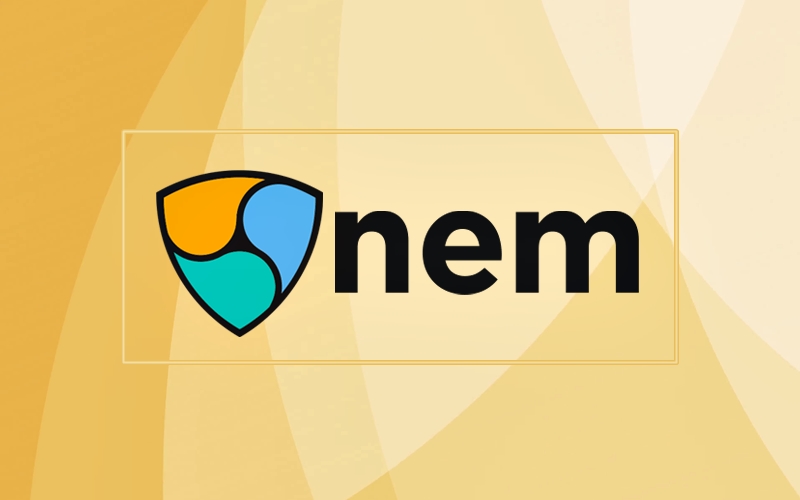In March of 2018, NEM implemented the beta version of their Catapult blockchain engine, which is written in C++.
NEM stands out in the crypto world for its 1-minute block time, new proof-of-importance (POI) algorithm, multisignature accounts, and other unique implementations.
Today, the NEM blockchain software has been applied in many use cases which go beyond cryptocurrency. It’s best known appliance with Mijin, a commercial blockchain, which is used by financial organizations in Japan and worldwide.
XEM Token
XEM is the native token of the NEM blockchain. The total supply of XEM is capped at 8,999,999,999, with all tokens being mined in the genesis block. The coin currently ranks 15th according to its market cap of $727,548,880. XEM is currently trading at $0.080839 USD.
Proof of Importance Algorithm
NEM implements a proof of importance (POI) algorithm instead of a proof of work (POW) algorithm. NEM utilizes a client-server model in which the NIS (NEM Infrastructure Server) operates separately from the NCC (NEM Community Client), enabling light clients (i.e. clients with devices with low computing power) to run without needing a full copy of the NEM blockchain.
Proof of importance time stamp transactions, and each user’s “importance” is based on the amount of coins he or she has and the number of transactions going in and out their wallets.
All the NIS nodes work as a peer-to-peer network which secures the blockchain and performs distributed book-keeping functions. Consensus between these nodes is established through Proof-of-Importance (PoI) algorithm, which is based on Google’s PageRank.
NEM’s POI algorithm is a version of Eigentrust++, a reputation system for peer-to-peer networks that enables nodes to monitor other nodes on the network and establish their reputation based on past actions. If a node has a reputation, it has more importance on the network.
Harvesting and Vesting
POI controls who is eligible to “harvest”, which is NEM’s terminology for recording blocks to the chain and earning XEM rewards. In local harvesting mode, NEM holders are able to run their own server. Delegated harvesting enables NEM holders to pass on the work to a remote server by transferring their importance score to a proxy.
Unrelated to their importance score, XEM is still the minimum amount required for NEM harvesting. However, you can’t just purchase a higher amount of XEM on an exchange and commence the harvesting process.
When those coins are deposited in the NEM wallet, they get categorized as “unvested.” Each day, 10% of the deposited funds move to “vested” status. The harvest process can only start once you have 10,000 vested XEM in your wallet. With 20,000 XEM, vesting will take up about a week.
Where can I buy XEM?
XEM is supported by over 30 crypto exchanges around the world. Binance, Poloniex, Huobi, OKEx, UpBit, Bittrex, and HitBTC are among the exchanges which list XEM. The main pairs which can be traded against are BTC, ETH, USD and USDT. The exchanges with the largest volume are Binance and Zaif, at the time of writing.
Also, both ShapeShift and Changelly support XEM transactions.
Where can I store XEM?
The XEM coin can be stored only in the official NEM NanoWallet or NEM Mobile Wallet.
Conclusion
NEM is a project that has its own blockchain and a number of innovative implementations. It also has a list of notable partnerships and developments in store which will most likely affect the coin’s price.
